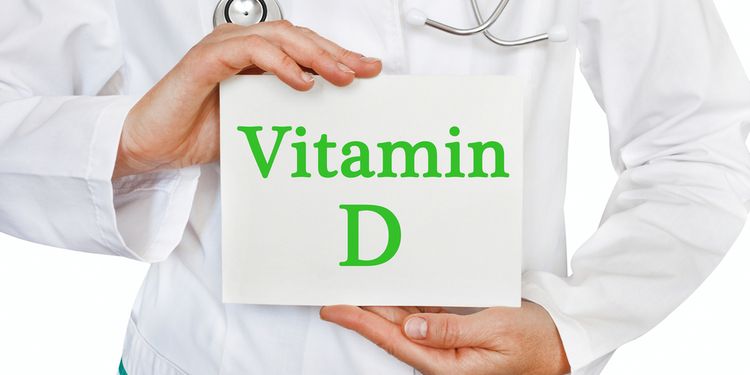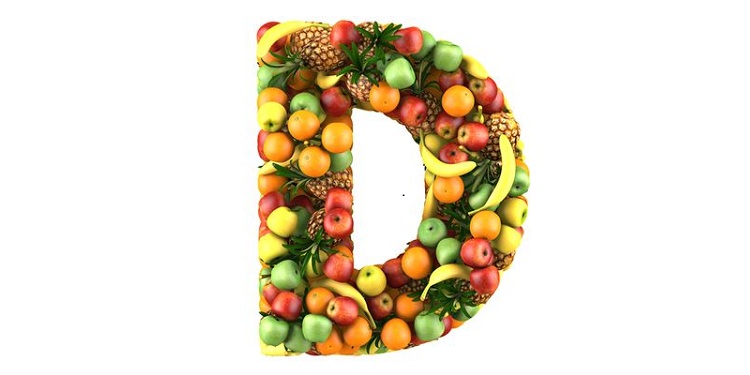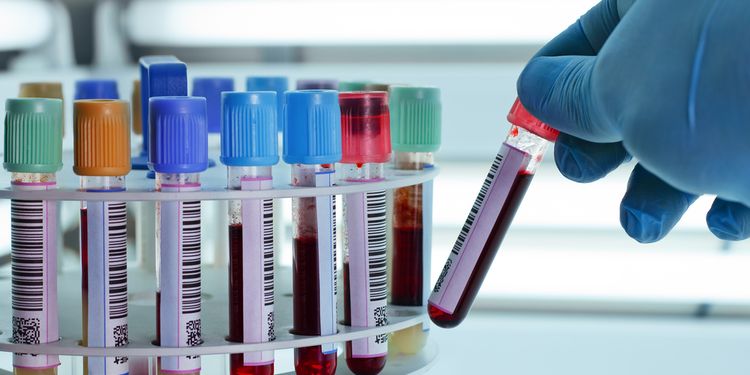Why You Need to Know if You’re Low in Vitamin D

It’s challenging to give vitamin D the attention it deserves when there’s a whole alphabet soup of vitamins out there that can draw your attention away from it. But Dr. Alan Chrstianson points out that vitamin D is one of the most vital nutrients for your health. Several studies have shown that low vitamin D levels increase the risk of heart attacks, diabetes, cancer, asthma/allergies, general mortality, and mental illness.

How Much Vitamin D Do I Need?
Vitamin D requirements vary from person to person, since everyone absorbs it differently. This also makes it difficult to prescribe vitamin D supplementation and dosages, because it’s hard to determine how well or poorly individuals handle it. Therefore, your best bet is to get a vitamin D blood test, assess whether your levels are sufficient or not, and go from there. The Vitamin D Council states that:
- >150 ng/ml is toxic
- 40-80 ng/ml is sufficient
- 31-39 ng/ml is insufficient
- 0-30 ng/ml is deficient

What Are “Normal” Vitamin D Levels?
If your definition of normal is what the average person’s vitamin D level is, then normal = bad. A study of close to 19,000 subjects between 2001-2004 showed that the average person’s level was 30 ng/ml (deficient), which raises the risk of the previously mentioned diseases considerably. “Normal” isn’t always good.

Can I Get Enough Vitamin D Through Food?
The average American gets between 144-288 IUs of vitamin D through the diet, which won’t result in more than a 2 ng/ml increase in blood levels. Certain foods fortified with vitamin D can help, but the most common (beverage) is full-fat milk. Dr. Christianson explains that the synthetic vitamin D in milk can lead to poor digestion, weight gain, and chronic congestion if consumed too frequently. So choose your vitamin D-enriched foods wisely, as you’ll want the risk-reward ratios to be in your favor more often than not.

But I’m in the Sun Enough…
Yes, our bodies can produce vitamin D from exposure to sunlight, but one study measuring the vitamin D levels of Hawaiian surfers who spent an average of 15 hours a week in the sun catching some gnarly waves had vitamin D levels as low as 11 ng/ml. Skin color, clothing, sunscreen, time of day, cloud cover, and even water can affect how our skin absorbs sunlight.

What Else is Robbing Me of Vitamin D?
Body fat. That’s right—body fat not only holds onto those Oreos you ate last week, it also holds onto your vital vitamin D resources. Vitamin D is fat-soluble, meaning it gets stored in body fat (adipose tissue) and becomes inaccessible to the parts of your body that need it. Just another reason to get yourself in shape.

What Daily Dosage Do I Need?
Everyone absorbs vitamin D differently, but for most adults, 2,000 IUs of vitamin D daily will raise blood levels by 20ng/ml. But if your goal is to reach 50ng/ml, you should consider taking 5,000 IUs of vitamin D per day.
You take a multi-vitamin, you say? Most multi-vitamins only contain 400 IUs (international units) of vitamin D. At most, this can raise your vitamin D blood levels by 4 ng/ml.

What Kind of Vitamin D?
Vitamin D3 taken with fatty food (avocado, nuts, eggs, milk, meat, butter, fish) is your best bet for full absorption. Vitamin D3 is widely available in liquid, capsule, or tablet form.
If you’re concerned about over-dosing on it, you’ve probably got better things to worry about. While it is possible, it’s really hard to accomplish. A study in 2006 showed that adults who took 100,000 IUs daily for 4-6 months developed no signs of toxicity.

Next Steps
- Test your vitamin D levels. The best test is called 25(OH) Vitamin D and can be taken through commercially-available home tests or testing labs with a doctor’s order.
- Start supplementing with vitamin D and get into that 40-80 ng/ml range. For most people, that means taking 4,000-10,000 IUs per day, but it’s best to check with your doctor first.
- Read up on calcium. Since vitamin D increases the rate at which we absorb calcium, it can be either a good or bad thing depending on your calcium levels.
